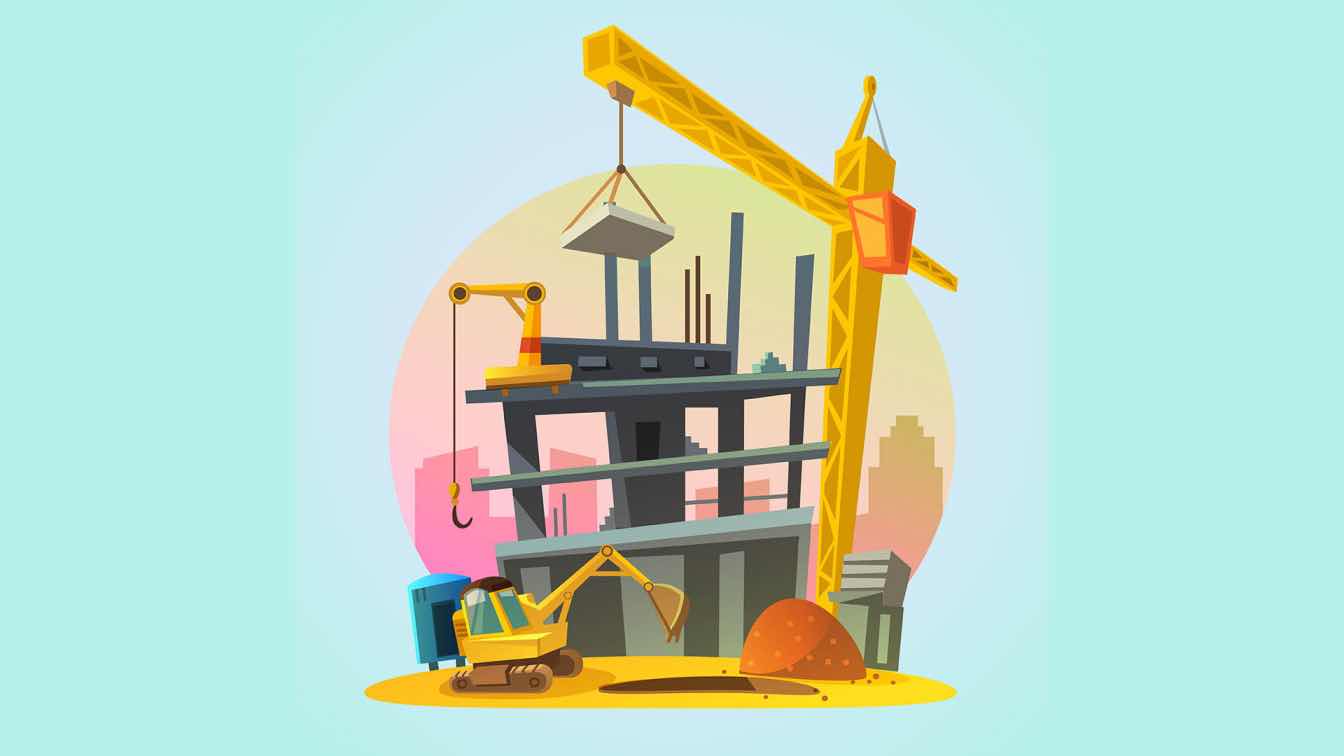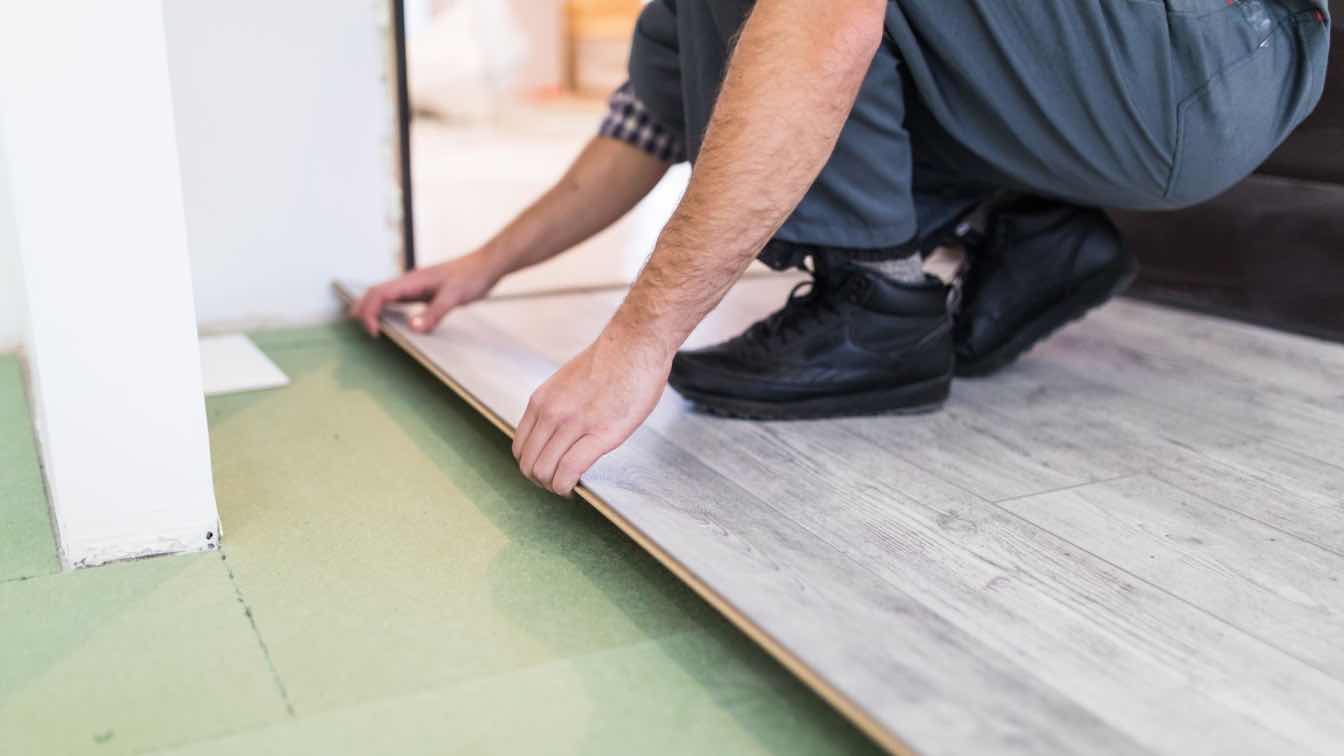When people think about moving, they usually picture boxes, packing tape, and change-of-address forms. It’s easy to treat it as a purely practical task, but what often gets missed is the emotional weight that comes with it. Whether you're relocating to a new neighborhood in San Diego or making the city your home for the first time, moving can stir up a surprising mix of emotions.
You may be eager for new opportunities yet find yourself unexpectedly nostalgic or unsettled. Recognizing that moving isn’t just about logistics, but also about processing change, is the first step toward navigating it more smoothly. In this article, we’ll explore the emotional side of moving, common feelings people experience during the transition, and some practical ways to stay grounded before, during, and after your move.
Why Moving Is So Emotionally Challenging
Moving isn’t just about packing boxes and changing your address. It often means leaving behind a place where you’ve built routines, friendships, and memories. Even if you’re excited about the move, it can still be hard to say goodbye.
There’s also the pressure of starting fresh in a new place. A new home, new surroundings, and possibly a new job or school can feel overwhelming. Not knowing exactly what to expect can make you feel nervous or unsure, even if the move is a positive one.
Even getting ready for the move can be exhausting. Going through your stuff and deciding what to keep or throw away can bring up old memories. And if that’s the case with you as well, you can choose professional San Diego moving services, so you don’t have to handle everything on your own. Making the process less stressful and giving you more time to focus on the emotional side of things.
At the end of the day, moving is a big change. And like any big change, it can bring up all kinds of feelings. Knowing this ahead of time can help you prepare and take better care of yourself through the process.
Common Emotions You May Experience
It's completely normal to feel a range of emotions when you're moving. Some are obvious, while others might catch you off guard. Here are a few that people often experience:
Sadness
This is one of the most common feelings, especially if you’ve lived in a place for a long time. Leaving behind people you care about, a neighborhood you love, or even just a familiar routine can be difficult.
Anxiety
The uncertainty of a new environment can lead to anxious thoughts. Will you like your new place? Will you make new friends? How long will it take to feel at home? These questions can weigh on your mind, even if you’re excited about the move.
Excitement
Not all emotions around moving are negative. Many people feel a sense of excitement about the opportunity for a fresh start. A new home can bring new opportunities, whether it’s better space, a different lifestyle, or a new job.
Guilt
If your move affects others—like children, a partner, or even roommates—you might feel guilty, especially if they’re struggling with the change.
Loneliness
Once the move is complete and the boxes are unpacked, the quiet can feel isolating. If you’ve left behind a support system, that sense of loneliness can hit hard, especially in the early days.
Recognizing these emotions is key. They’re not signs of weakness—they’re a normal part of any major life transition.
Coping Strategies Before the Move
The time before the move is a great opportunity to prepare emotionally, not just logistically. Here are a few simple ways to make the transition a little easier:
Accept your feelings
First, allow yourself to feel whatever comes up. It’s okay to be sad, nervous, or even unsure about your decision. Being honest about your emotions helps you deal with them more effectively.
Get
A little structure goes a long way. Create a checklist, set timelines, and break things into smaller tasks. When things feel more manageable, the stress level naturally goes down.
Say proper goodbyes
Make time to say goodbye to the people and places that have meant something to you. Whether it’s a dinner with friends, a walk through your old neighborhood, or even writing a few thank-you notes, closure matters.
Create keepsakes
Take photos, save mementos, or even write a short journal entry about your time in your old home. These things can help you hold onto the good memories while making space for new ones.
Include your family or housemates
If you're moving with others, keep them involved in the planning. Let kids choose what to pack, or talk openly about what they’re feeling. It creates a sense of teamwork and helps everyone cope better.
Adjusting After the Move
Once the boxes are unpacked and the initial stress settles, you might expect everything to feel normal right away—but that’s rarely the case. The post-move period can feel a little empty or unfamiliar, and it’s important to give yourself time to adjust. One helpful way to settle in is to create new routines. Even something as simple as morning walks in your new neighborhood or finding a regular coffee spot can help build a sense of comfort.
Also, make an effort to connect. Whether it's introducing yourself to a neighbor, attending a local event, or joining a community group, small interactions can gradually replace the support system you left behind. Don’t worry if it doesn’t all click immediately—building a new sense of home takes time.
It also helps to personalize your space. Add familiar décor, hang photos, or bring out the items that make your home feel like yours. Surrounding yourself with comfort can make a big emotional difference, especially in those early days when everything still feels new.
Moving can be a big moment in life, not just because of the change in address, but because of the emotional weight that comes with it. Whether you're leaving behind a place you love or stepping into something completely new, it's okay to feel a mix of things—happy, sad, nervous, or even unsure.
The key is to acknowledge those feelings and take small, steady steps to care for your mental and emotional well-being. Before, during, and after the move, give yourself time and space to adjust. Lean on the people around you. Build new routines. Be kind to yourself in the process.
At the end of the day, moving is more than a task—it’s a transition. And like any life change, it takes time to settle in. But with patience and the right support, you’ll get there—and eventually, your new space will start to feel like home.





